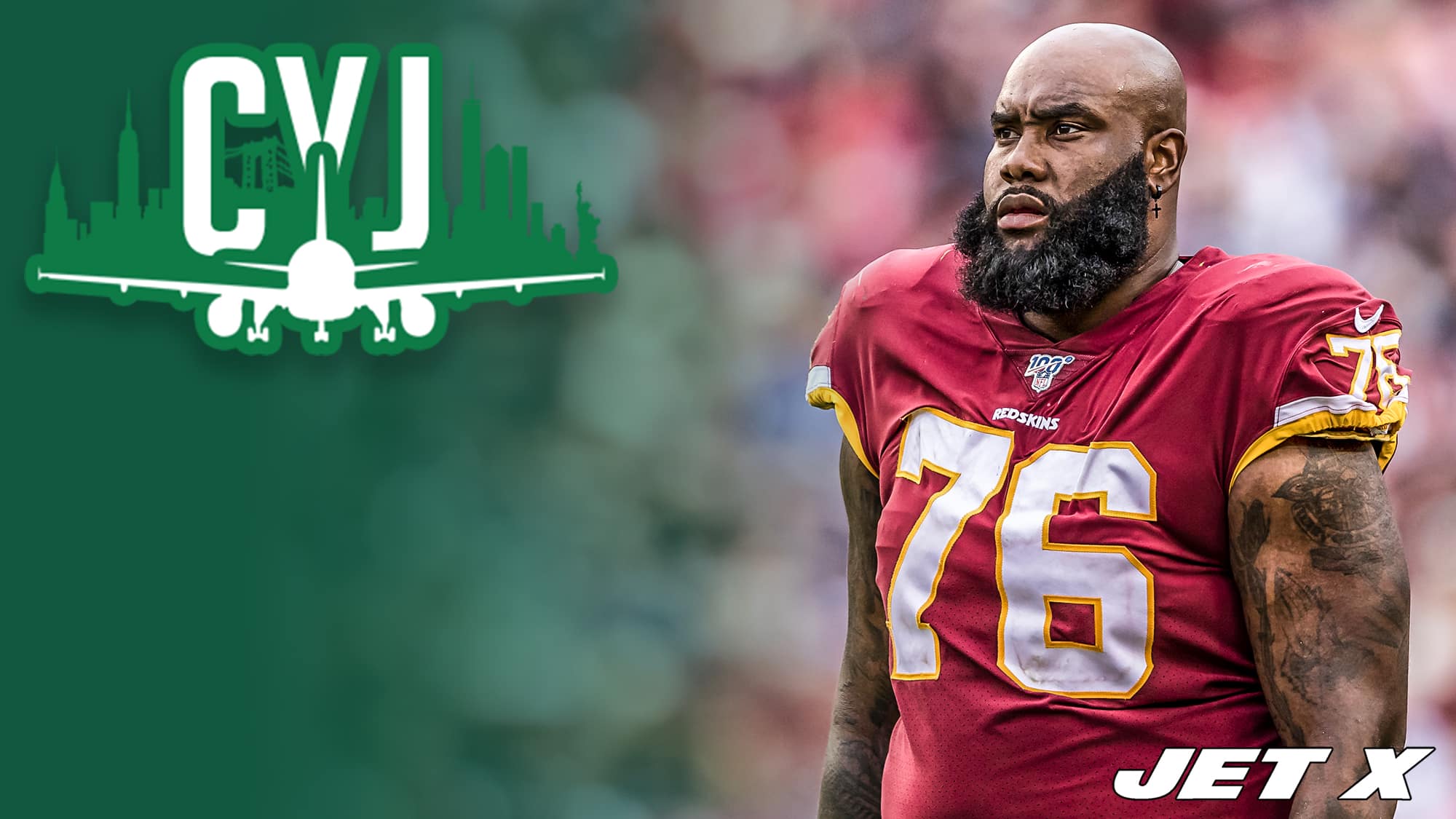The New York Jets’ addition of Morgan Moses brings a bevy of good problems for Mike LaFleur to solve, particularly involving George Fant.
With the addition of free-agent offensive tackle Morgan Moses, the New York Jets have boosted the quality of their offensive line depth to a level they have not enjoyed in over. decade.
Seriously. Not since the early Rex Ryan days when Nick Mangold, D’Brickashaw Ferguson, and Brandon Moore were running amok on a yearly basis have Jets fans seen this much talent upfront.
The potential is there for the current iteration of the Jets offensive line to match the elite status of the franchise’s dominant units from 2008-10, but many questions still need to be answered before they can even sniff the league’s upper echelon.
Many of those questions have arisen in the wake of Moses’ arrival, but the positive thing for New York is that these Moses-related question marks are good problems to have. This unit’s talent, overall depth, and versatility is markedly better with Moses in the fold. Now, it’s just up to Mike LaFleur and the offensive coaching staff to figure out how to best maximize the pieces at their disposal.
There are a lot of ways the Jets can go about maneuvering their pieces now that Moses is in town.
One would assume that the Jets signed Moses – PFF’s sixth-ranked RT in 2020 – with the idea of having him replacing George Fant – PFF’s 29th-ranked RT out of 36 qualifiers – as the starting right tackle.
However, Fant projects well to playing right tackle in a wide-zone scheme and is due a $9.8 million cap hit this season that will rank sixth among right tackles. Plus, he is clearly a player who Joe Douglas thinks particularly highly of considering how rich of a deal Douglas handed him in spite of his status as a backup in Seattle. With all of that in mind, would Douglas and the Jets really give up on Fant and demote him to a backup role after one season?
Moses’ contract is an interesting factor in this situation. He signed a one-year deal with a $3.6 million base salary with playing time incentives that could push the deal to $5.3 million. Those are not groundbreaking numbers. His $3.6 million cap hit pre-incentives is lower than Dan Feeney ($4.3M), Alex Lewis ($4.0M), and Greg Van Roten ($3.63M).
The low number for Moses brings up a few possibilities.
Firstly, it is worth considering whether the Jets added Moses with the idea of having him compete against Fant rather than guaranteeing a starting role to either player.
Another possibility is playing Moses at right guard. A $3.6 million number is smack-dab in the ballpark for a stopgap interior offensive lineman (hence, it’s very similar to the three Jets interior linemen listed above). Perhaps the Jets move Moses inside to right guard while leaving Fant at right tackle? Moses’ film suggests he is capable of smoothly transitioning to guard.
Finally, it is plausible that the Jets might see the Moses addition as the trigger to an all-out competition on the right side of the line. Perhaps the Jets have no penciled-in starter at neither right tackle nor right guard, and they want to watch the entirety of the offseason process play out with the idea that Moses could compete for and win either spot on that side of the line.
On the latest episode of the Cool Your Jets podcast, Ben Blessington and Michael Nania discuss the impact of the Moses addition and break down the many avenues that the Jets can take with their deep offensive line unit.




